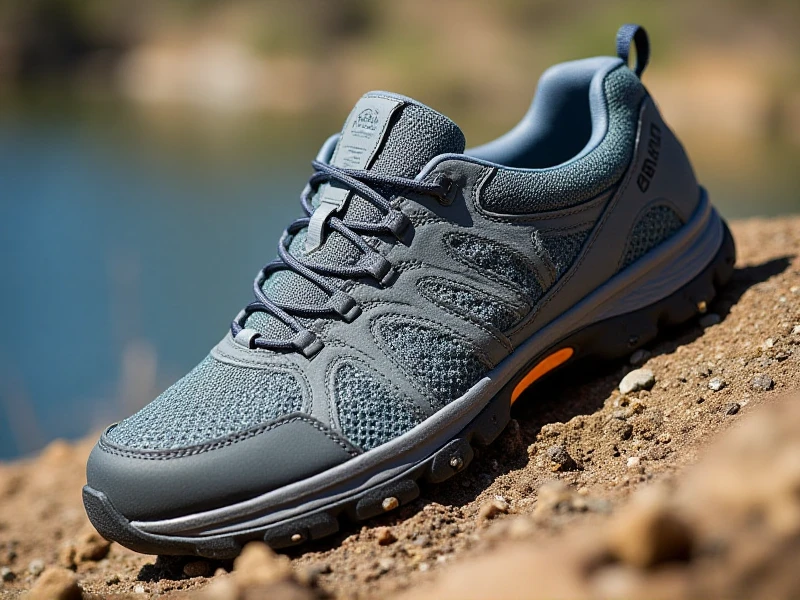The Ultimate Guide to Women's Hiking Shoes: Finding Your Perfect Fit
2025-06-10

Pulling on the right pair of hiking boots can feel like unlocking a new level of freedom outdoors. Your women's hiking shoes are your most crucial piece of gear, translating confidence to every step and protecting you from roots to rain. But how do you find that perfect match? Let's dive into the essentials.
1. Master the Fit: Your Foundation for Adventure
Forget the 'break-in' myth. Women's hiking shoes should feel supremely comfortable right away. Key considerations:
Toe Room: Wiggle test! Ensure at least a thumbnail's space in front of big toes, especially when descending slopes.
Width Matters: Many brands offer multiple width options. Narrow heels or wider forefoot? Seek models that match your unique foot geometry.
Mid-Foot Lockdown: Your foot shouldn't slide within the shoe. Heels need to stay secure without lifting.
Try Smart: Shop late in the day (feet swell), wear your intended hiking socks, and test them on incline angles within the store.
2. Support: Beyond the Surface
A stable women's hiking shoe supports joints and ligaments during uneven terrain:
Underfoot Armor: Look for defined arch support and durable midsoles. Materials like EVA foam absorb impact, while more dense, proprietary foams (e.g., Vibram's Megagrip compound) offer long-lasting resilience.
Ankle Allies: Mid-cut boots shield ankles on challenging trails, while low-cut women's hiking shoes provide lightweight agility for well-trodden paths.
3. Tread Wisely: Your Connection to the Ground
The sole is your lifeline. Key features in top-performing women's hiking shoes:
Aggressive Lugs: Deep, widely spaced lugs grip mud, loose gravel, and wet rocks effectively.
Strategic Designs: Different lug patterns under the forefoot (for pushing off) and heel (for braking downhill) optimize grip. Vibram rubber outsoles are an industry benchmark for a reason.
Sticky vs. Sturdy: Rubber compounds vary. Some excel in warm, dry conditions; others provide reliable traction even when wet and cold.
4. Weather Warrior Capabilities
Your adventures often dictate this choice in women's hiking shoes:
Waterproof Champions: GORE-TEX® and similar membranes create a breathable barrier against rain, creek crossings, and dewy grass. Essential for wet climates and cool seasons.
Breathing Easy: Non-waterproof, ventilated mesh uppers are king in hot, dry conditions. Your feet stay cool and sweat evaporates quickly, preventing blisters.
Lightweight Water-Repellency: DWR treatments shed light drizzle but won't handle deep water like a true membrane.
5. Build Crafted for Women
It's more than scaled-down colors. Truly dedicated women's hiking shoes feature:
Specific Last Shapes: Shoes designed around narrower heels and a higher volume in the forefoot provide better structural support.
Adaptive Cushioning: Midsoles often factor in lower body weight dynamics.
Heel Sculpting: Many models tailor the heel cup dimensions for a distinctively feminine fit.
6. Material Mastery
Suede/Nubuck Leather: Develop a natural protective patina; durable and supportive; moderate break-in needed.
Synthetic Mesh: Predominates in modern designs due to lightweight, quick-drying performance, and minimal break-in time. Ideal for most three-season hiking and those who prioritize speed and ventilation.
Finding Your Sole Mate
Investing thoughtfully in your women's hiking shoes pays off exponentially on the trail. Prioritize personalized fit above all. Consider your typical terrain, climate, and pack weight. Trust me, after testing boots on multiple trails – from New Hampshire's granite to slick Pacific Northwest paths – proper support and grip make every difference. A truly great pair, meticulously chosen, transforms every step into confident enjoyment. Visit a knowledgeable outdoor retailer, try on multiple top-rated brands for women's hiking shoes, and step securely towards your next grand trailhead view. Your adventures await!
Category: